Originally posted by QueensburyRules
View Post
I’m one of those ****** people who drives big heavy Land Cruiser
I got two!
in Japan, my ten speed is what I ride.



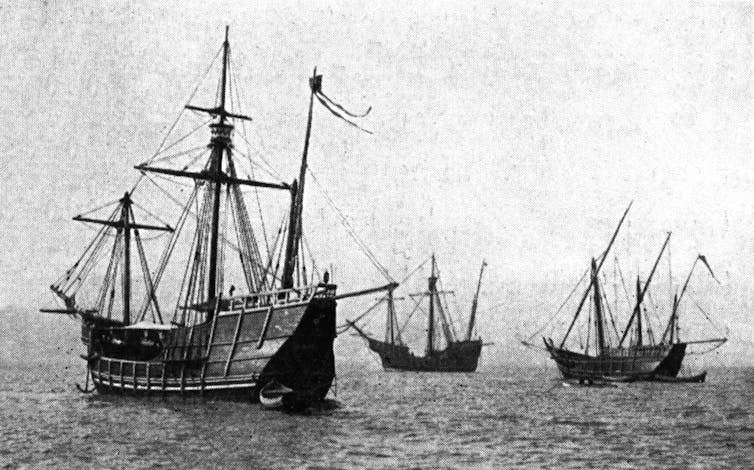
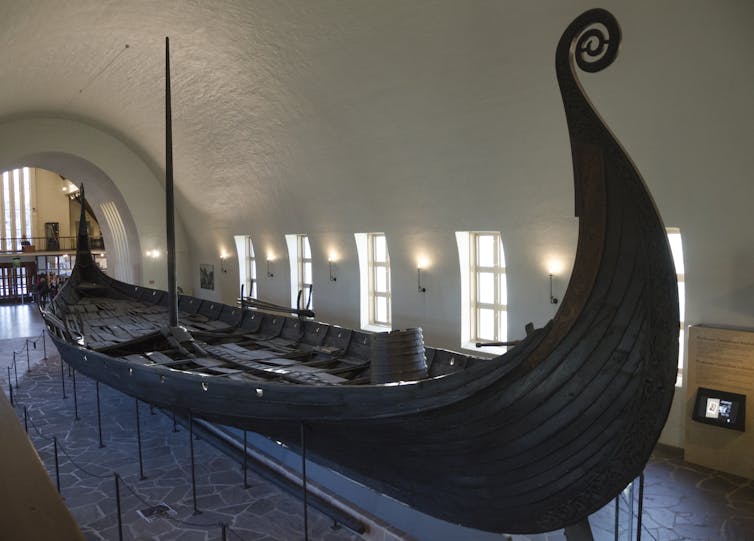
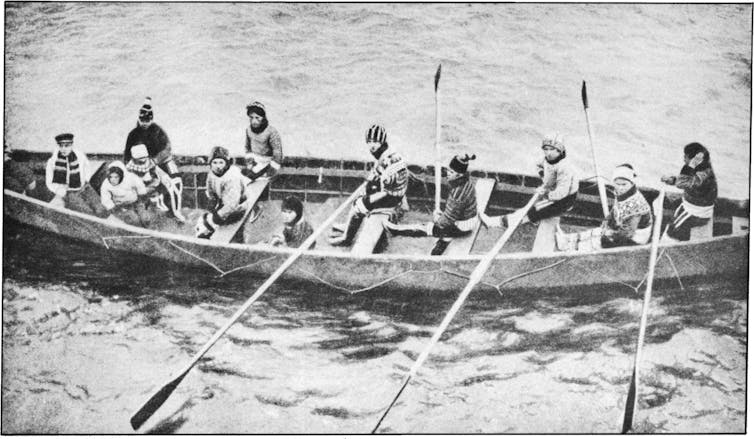
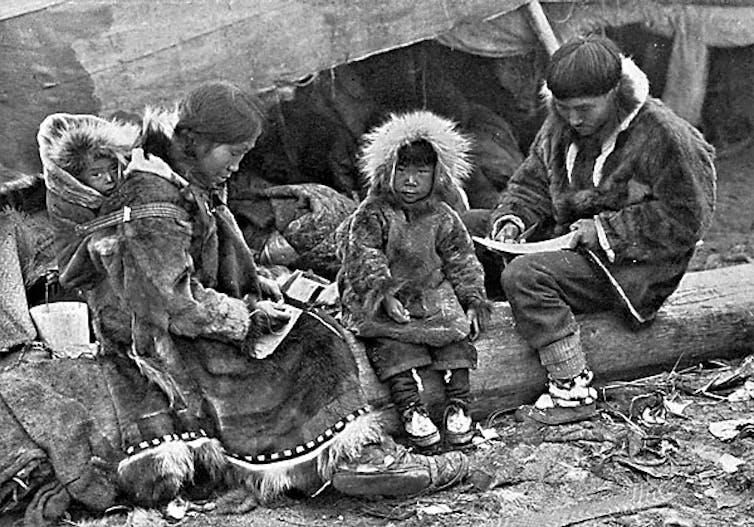
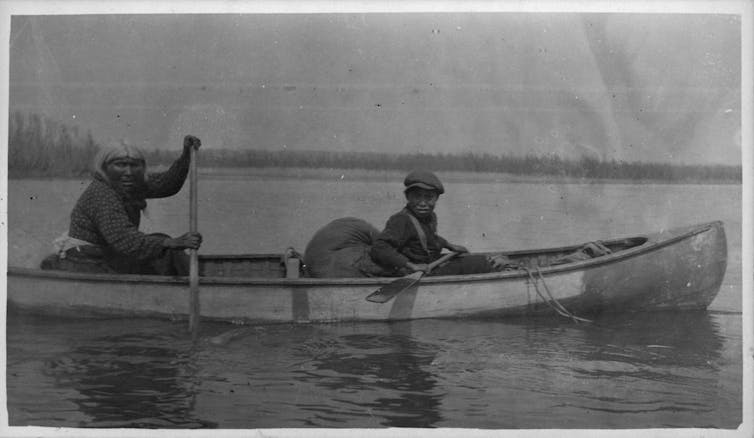

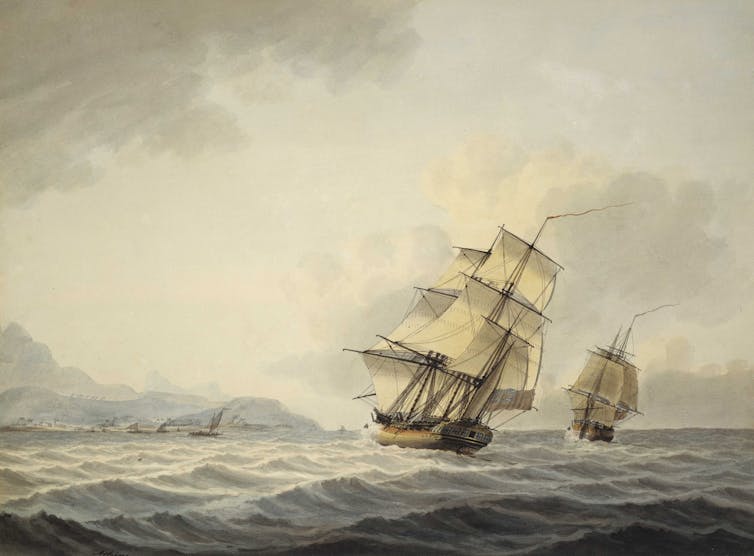


Comment